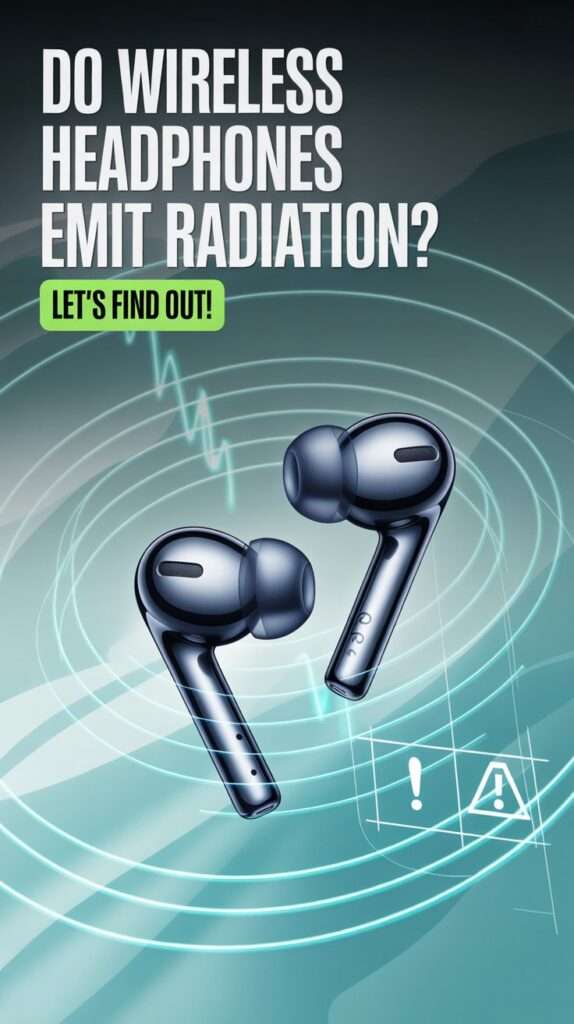Hey there! So, you’ve been rocking those wireless headphones and suddenly a wild thought pops into your head: “Wait do these things emit radiation? Should I be freaking out?” Sound familiar?
If yes, then congrats! You just joined the club of headphone lovers who are a little nerdy about safety while enjoying their jams. Let’s chat about this juicy topic and put all that radiation worry to rest with a little sass on the side, of course.
1. What Kind of Radiation Are We Talking About?
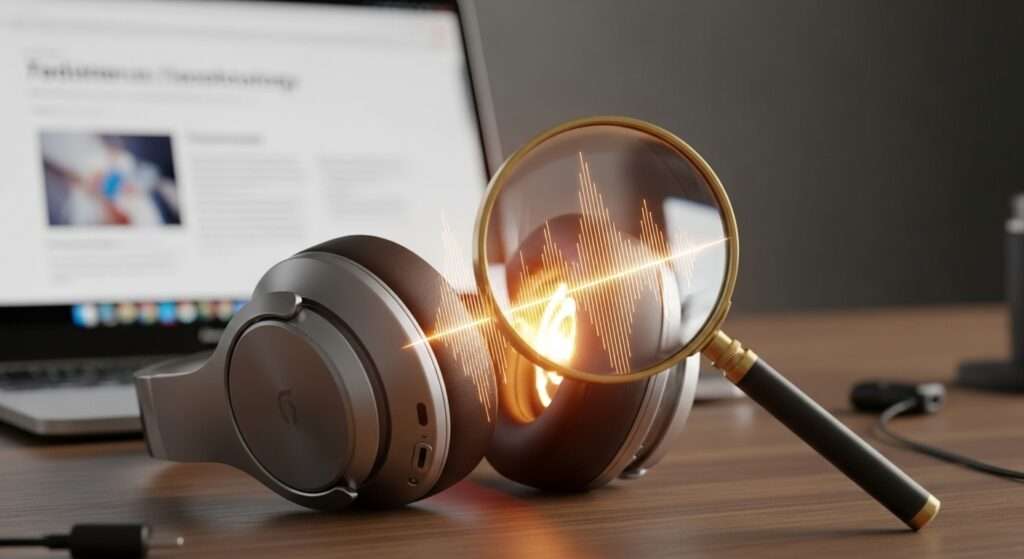
Before you start picturing X-ray beams and superhero mutations, let’s get the facts straight. Wireless headphones don’t pump out the kind of radiation that makes fireworks in your cells. They emit something called non-ionizing radiation, which sounds fancy but basically means “not the dangerous kind.”
Non-ionizing radiation is the low-energy cousin in the radiation family. It includes stuff like radio waves, microwaves, and infrared. In contrast, ionizing radiation think X-rays or gamma rays is intense enough to mess with your DNA and cells. Don’t worry, Bluetooth headphones fall in the first group, so they’re pretty chill radiation-wise.
What is Non-Ionizing Radiation Anyway?
Imagine radiation as waves of energy. Non-ionizing radiation has just enough oomph to make atoms vibrate, maybe heat things up a teensy bit, but it can’t actually knock electrons off atoms or break chemical bonds. That’s why it’s usually seen as safe.
Bluetooth technology, which powers most wireless headphones, sends out these gentle radiofrequency waves—way weaker than your typical cell phone signal. In fact, Bluetooth headphones give off radiation that’s about 10 to 400 times less intense than your phone when you make a call.
2. So, Does This Radiation Actually Affect Your Body?
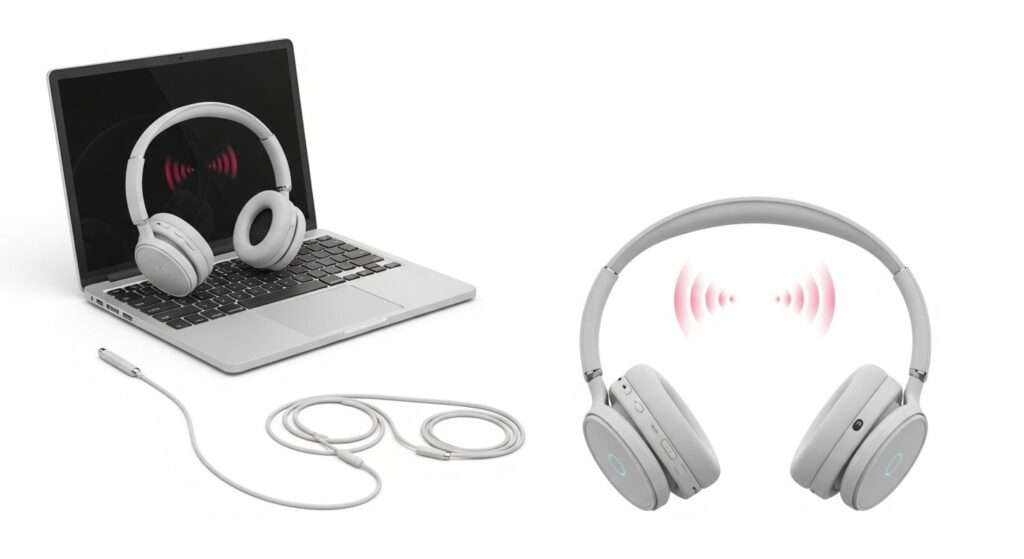
Good question! The science is still evolving, but here’s what we know.
- The radiation from wireless headphones is too weak to cause direct cell damage.
- The heat produced by this radiation in your tissues is negligible, so no cooking your brain, promise.
- Some studies suggest very long exposure—like wearing Bluetooth headsets for 3 or more hours daily, every day—could have some effects, such as a slight increase in thyroid nodules, but this is far from conclusive and needs more research.
Honestly, if you’re not binge-watching podcasts or tunes for 8 hours straight every day, you’ve got less to worry about than the tomato sauce on your shirt.
3.Wireless Headphones vs. Wired Headphones: Radiation Edition

If radiation freaks you out, you might be wondering which is safer wireless or good ol’ wired headphones?
- Wireless headphones emit low levels of radiofrequency electromagnetic fields (RF-EMFs). They’re often sitting right next to your brain, so they get more direct exposure.
- Wired headphones? They transmit electrical signals through cables and don’t emit any radiation. Zero. Zilch. Nada.
So if you want to go full tinfoil hat mode, wired wins in radiation safety. But honestly? The radiation from wireless headphones is so tiny, it’s like sweating over a few droplets while standing in a rainstorm.
Do Experts Even Agree on This?
Not everything is black and white here. The World Health Organization (biggie alert) labels radiofrequency radiation, like what Bluetooth uses, as “possibly carcinogenic.” Basically, this means there’s limited evidence and more research is needed. Not exactly a “run for the hills” warning, but not a free license either.
Several health authorities and scientific studies haven’t found clear proof that the radiation from Bluetooth headphones causes cancer or any significant health problems. However, they do recommend being cautious about prolonged exposure that means don’t use them all day every day without a break, no matter how fire your playlist is.
4. What’s My Take? (Because You Asked Nicely)
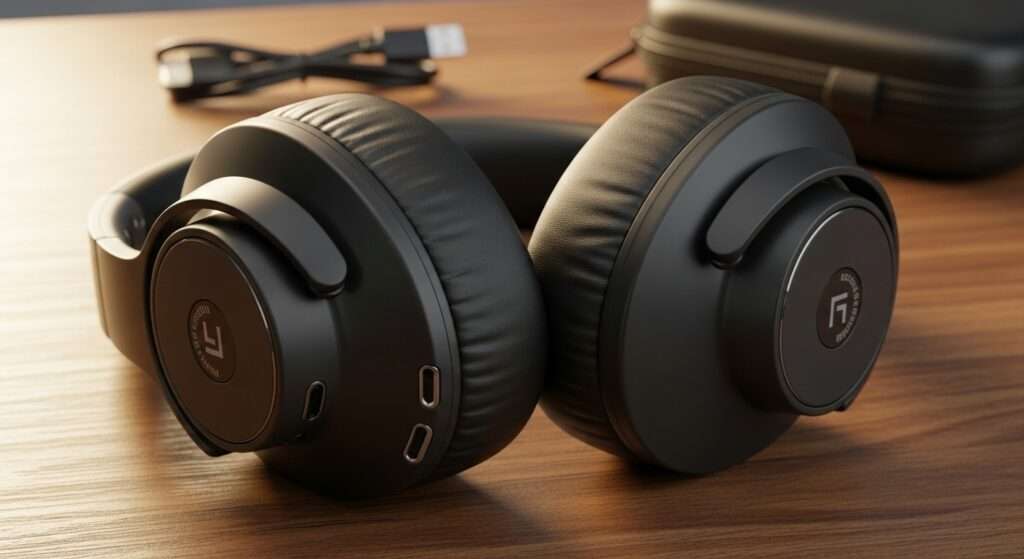
Personally, I think wireless headphones are a lifesaver. No more tangles, no more wrestling with cords while trying to jog. And radiation? I’d say it’s way lower than your average phone call radiation. Plus, the convenience just wins. But I do keep usage moderate maybe a couple of hours max, then I give my ears and head a breather. Call me old-fashioned or cautious, but it feels smarter that way.
Ever noticed how taking short breaks during headphone use makes you appreciate your music even more? Turns out, it’s good for your brain and your sanity. Win-win, right?
5. How to Minimize Radiation Exposure When Using Wireless Headphones
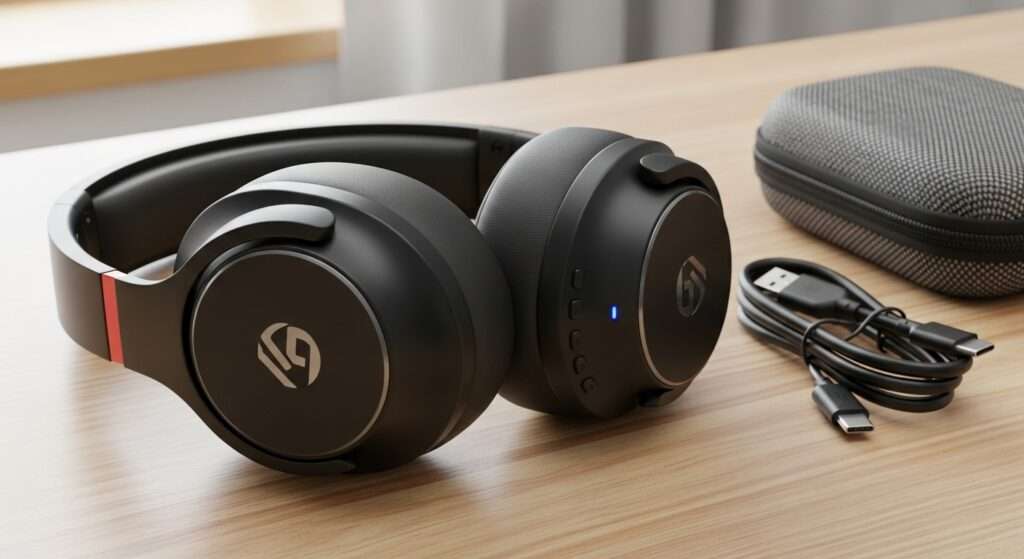
If you’re still feeling a tad paranoid or just want to be a radiation ninja, here are some super easy tips to lower your exposure:
- Limit usage time. Try not to wear headphones non-stop for hours.
- Keep the volume reasonable. It won’t reduce radiation, but it saves your ears from damage.
- Choose headphones with low power output. Some models use less power and emit less radiation.
- Switch sides. Alternate the headphone on each ear so you don’t keep zapping one side of your head all day.
- Use wired headphones sometimes. Give your head a break from radio waves.
- Keep Bluetooth devices off when not in use. Simple, but effective.
Does Radiation from Wireless Headphones Affect Kids Differently?
Parents always worry about this, and rightly so. Kid’s skulls are thinner and brains are still developing, so theoretically, they could absorb more radiation.
That said, the same low power, non-ionizing radiation applies, and there’s no definitive proof kids face higher risks. If you’re a parent, go for lower exposure times and maybe wired headphones or speaker mode for little ones. Better safe than sorry, especially when it comes to those tiny heads.
6. Common Myths Debunked

Myth: Wireless headphones contain harmful X-rays or cancer-causing rays.
False! They don’t emit ionizing radiation (X-rays), only very weak radio waves that can’t damage DNA.
Myth: Wearing wireless headphones for even an hour will fry your brain.
Nope. The radiation is much lower than that of a typical cell phone call and lacks enough energy to heat tissues significantly.
Myth: Bluetooth radiation will give you cancer for sure.
The evidence is mixed and inconclusive. Classified as “possibly carcinogenic” means scientists want more research, not that it’s confirmed to cause cancer.
7. The Bottom Line: Should You Stress About It?
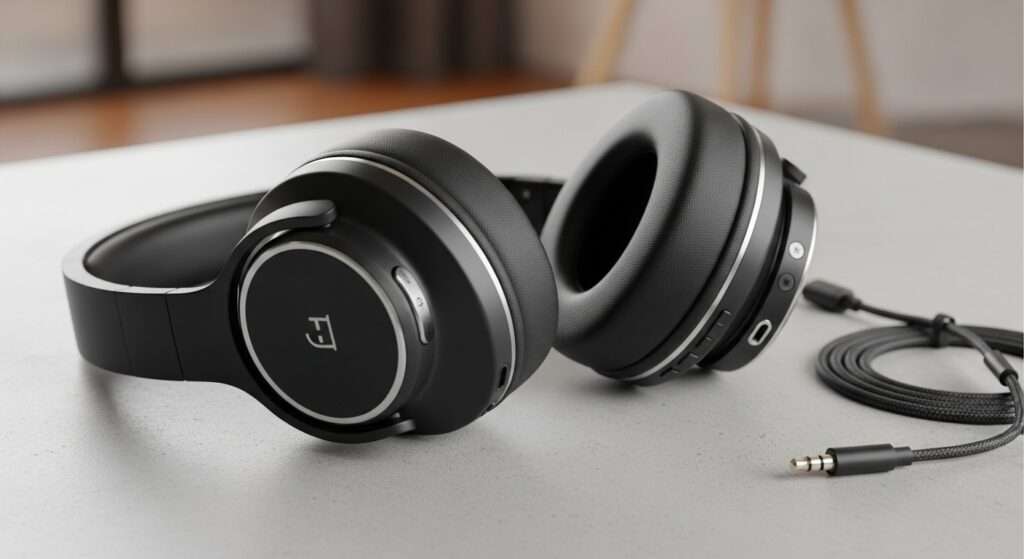
Here’s the tea: Wireless headphones emit some radiation, but it’s weak, non-ionizing, and less than your phone’s. Current science suggests they’re generally safe, but as with most tech, moderation is key.
If you love your wireless earbuds (and why wouldn’t you?), use them responsibly, take breaks, and don’t obsess over every invisible wave. After all, if you’re worried about the radiation from your headphones, you might also want to toss your microwave, Wi-Fi, and TV out the window
Final Thoughts
So there you have it a friendly, not-too-scary rundown on wireless headphone radiation. Ready to keep jamming with a bit more peace of mind? Remember that the radiation from wireless headphones is far from the X-ray-level horror stories, and experts generally think it’s safe. But hey, if you want to be cautious, just moderate your use and throw in some wired days.
